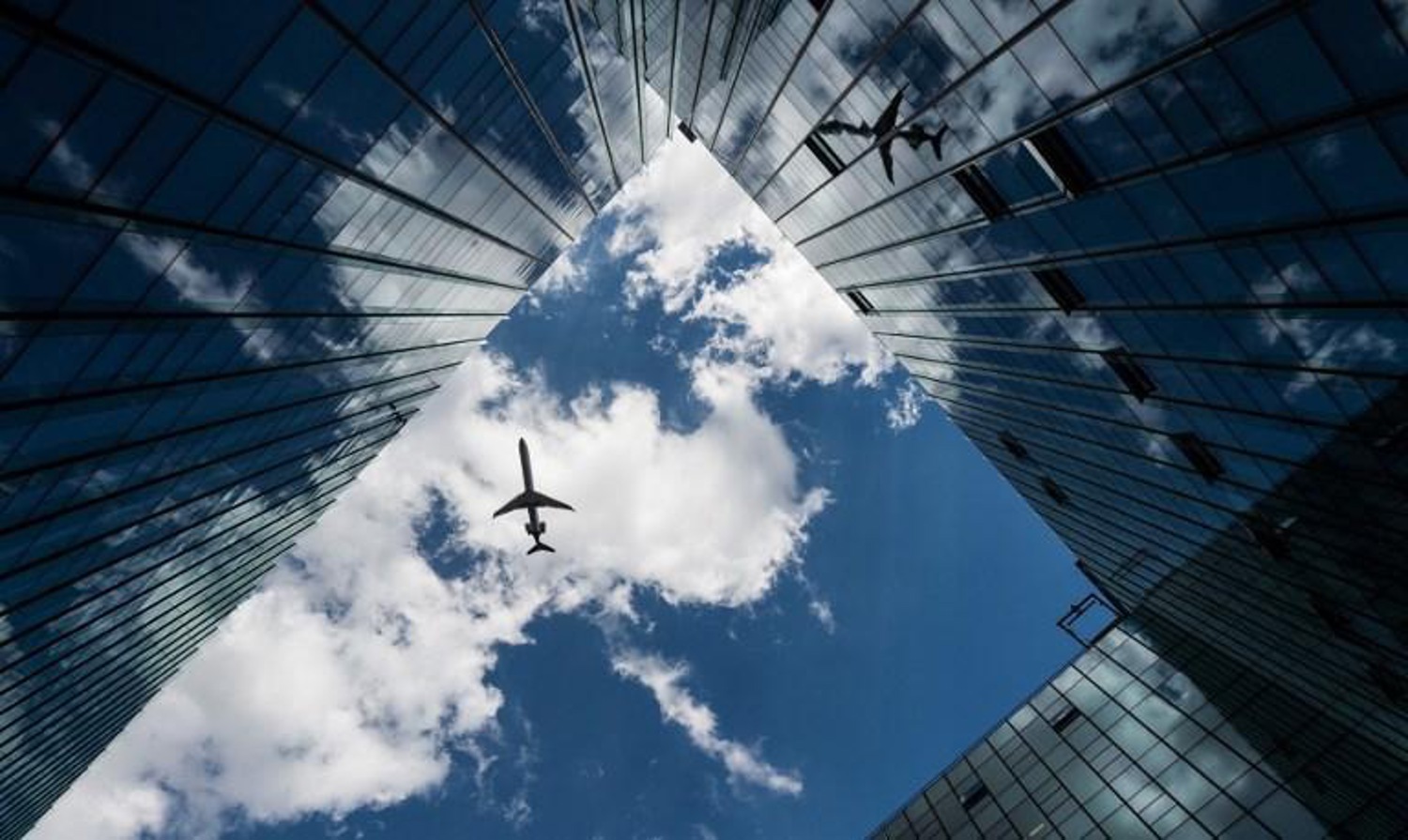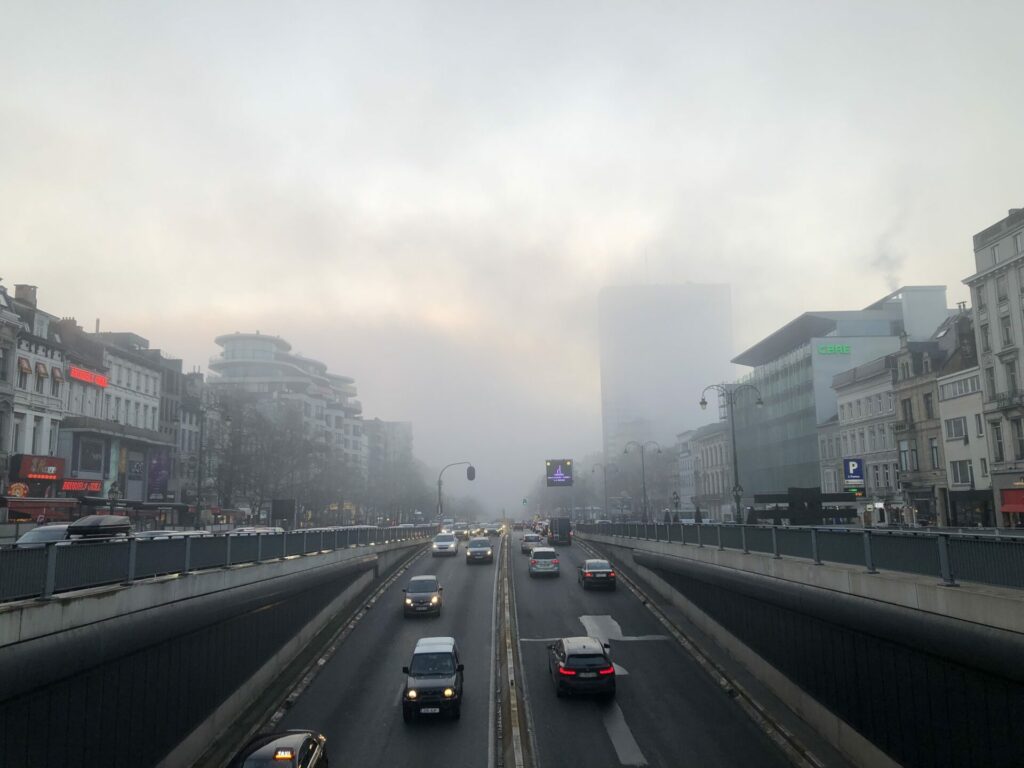Like many other major cities, Brussels is a noisy place. Despite recent measures to reduce noise and pollution, for many residents the soundtrack of the city remains a constant clamour of engines and sirens.
The commotion that is synonymous with urban life means that people living there often only take note of the disturbance when noise reaches truly excessive levels. However, a recent UN report identified noise pollution as one of the most significant threats to the health of people living in cities.
Even relatively low volumes can have grave consequences: cardiovascular disease, sleep disturbance, poor performance and learning, mental health problems and stress.
Brussels has long been one of the worst cities in Europe for noise pollution, which is estimated to cost each inhabitant of the capital an average of eight months of their life. Still, this is an improvement, with the most recent measurement of noise pollution (in 2021) highlighting that teleworking and 30 km/h zones have had positive results.
Judith Verbist, a spokesperson for Brussels Environment, told The Brussels Times that the city's Good Move mobility plans have also contributed to this drop in various municipalities.
Anything for a quiet life
All the same, Brussels residents are exposed to high levels of noise pollution and road traffic remains the primary cause. "Few areas are not affected by traffic noise; cars drive just about everywhere in Brussels," Verbist said.
There are two EU indicator thresholds for noise exposure: one is representative of a 24-hour day (Level day-evening-night or LDEN) while the other LN (Level night) is characteristic of the night (23:00 to 07:00), which has a different measure because noise produced at night is perceived as more annoying.
When it comes to the LDEN indicator, 30% of Brussels residents experience high noise pollution (>55 dB) caused by road traffic. One in three Brussels residents experience high noise pollution from road traffic at night. As a result, more than three-quarters of Brussels residents (81%) experience disturbed sleep.
Another root cause of noise pollution in the capital region is air traffic (aeroplanes flying overhead); around half of flights taking off or landing at the airport currently fly over Brussels. 2% of people in Brussels experience high noise pollution from air traffic (3% at night) and 3% complain of rail traffic noise pollution.
Emergency sirens (fire brigade, police and ambulance) are the last of the top three noise nuisances.

Credit: Belga
Unsurprisingly, the area most exposed to the highest levels of noise pollution are in the north and the east of the region (specifically Haren and Neder-Over-Heembeek). "There is more air traffic here but also regular train traffic. Many neighbourhoods here are also located near the Ring Road, which again pushes levels up," Verbist said.
Those living near key roads to enter Brussels – such as Avenue Tervueren, Boulevard de la Woluwé, the E40, and the small ring road – are also more impacted.
The combination of road, air and rail traffic can mean that people in the northeast and southwest of the city (around 20% of residents) regularly experience minimum noise levels of 75 dB(A) and a maximum of 80 dB(A). This is enough to lead to hearing impairment. Quieter areas can be found in the south of the region or near parks and forests (particularly around Bois de la Cambre).
Measures to combat noise pollution
The 30 km/h speed limit introduced three years ago to nearly all streets in the region has brought down noise levels. Infrastructure investments such as pedestrian zones and better bicycle routes have made alternatives to cars more popular.
But present measures are not enough to protect people in Brussels from the nuisance of noise. On this front, Verbist pointed to noise barriers that Brussels Environment and Beliris are installing along busy roads (completion expected 2025 or 2026). The organisation is also working with municipalities on projects that will address noise pollution.
Related News
- 'No support' for total ban on night flights at Brussels Airport
- Government given six months to come up with new flight routes at Brussels Airport
- Minister calls for noisy vehicles to be sent directly for technical inspections
From January 2025, there will be a noise limit for sirens of all new emergency service vehicles in the region. During the day, they must not exceed 100 dB and at night (23:00 to 07:00) no more than 90 dB.
Finally, Brussels Airport will also take additional measures in the coming years to lower noise pollution, including increasing its use of newer, quieter aircraft; additional sound barriers to limit nuisance from ground noise; quieter landing techniques and more. It estimates this could see the number of residents that are potentially seriously affected by the airport's activities fall by 12% compared by 2032.

